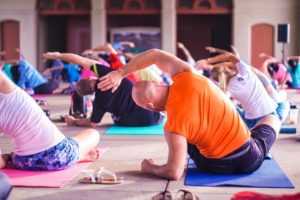Shoulder Injury Therapy Center
There are sudden injuries that can afflict the shoulders and those that happen over time. Shoulder therapy comes in handy to help your restore normal function.
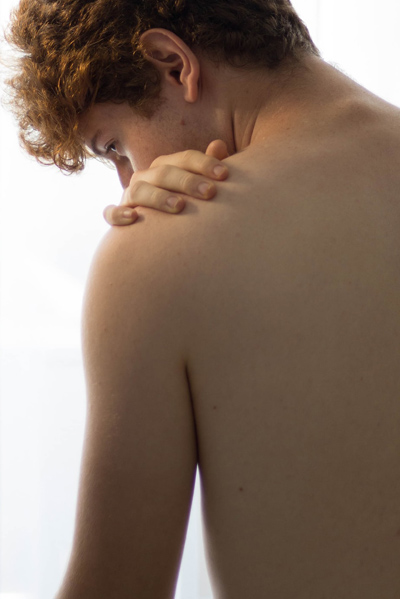
Types of Shoulder Injuries
Shoulders are one of the most used body parts. They allow you to do daily activities with ease. Because of this constant application, shoulders are at a higher risk for injuries.
- AC Joint Injuries
- Bicep Tendonitis
- Shoulder dislocations
- Shoulder separations
- Frozen shoulder
- Shoulder instability
- Rotator cuff tendonitis and tears
- Shoulder cartilage and arthritis
Shoulder physical therapy can include stretching, joint stabilization, mobilization, and strengthening to ease the pain. At OneRehab, we create custom-designed exercises after looking at a patient’s injury. Most often, it prevents the need for surgery.
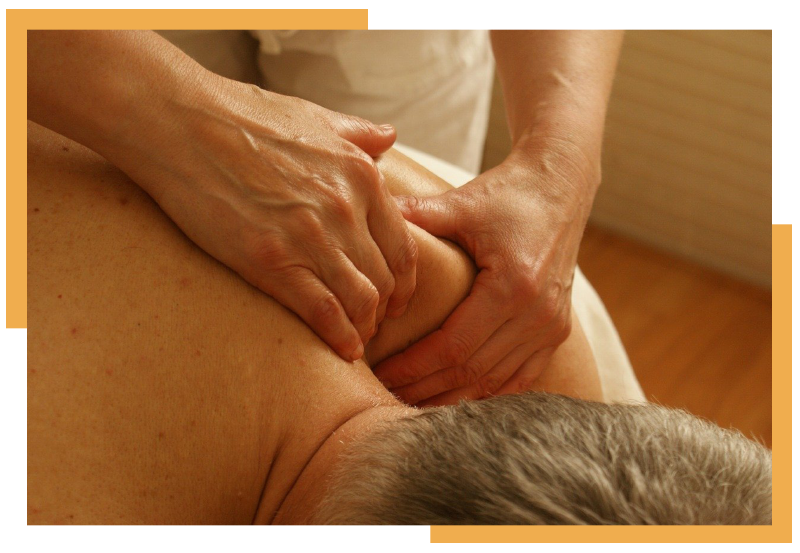
AC Joint Injuries
Acromioclavicular (AC) joint injury describes an injury occurring on the top of the shoulder, where two bones, the clavicle, and the scapula, meet. It can be a result of a traumatic event such as a fall directly affecting the shoulder.
The injuries occur on the four ligaments holding the two AC joint bones. The injuries stress these ligaments, which leads to the separation of the joint to a degree. Two types can occur in this area: traumatic and overuse injury.
Traumatic injuries happen when the ligaments are damaged, leading to a separation of the joints. It mostly involves the shoulder ball and socket joint. They are most common for athletes and manual laborers falling off a ladder.
Overuse injuries happen when a person does a repeated action stressing the AC joint over time. It can be exercise or jobs requiring heavy labor.
AC Joint Injury Symptoms
- Bleeding
- Swelling
- Pain
- Limited range of motion on the shoulder
- Top of the shoulder tenderness
Treatment and Management
The type of injury can determine the correct course of treatment. Surgery can help to correct severe injuries. However, using physical therapy for shoulder pain has excellent results. We have skilled therapists who can assess the damage and map out a treatment program. It aids in an increasing range of motion and building strength, which helps in recovery.
Frozen Shoulder
It is also known as adhesive capsulitis. Stiff joints and pain characterize the condition. It usually begins gradually but becomes worse with time. Patients who are recovering from conditions that prevent arm movement risk developing this condition.
Causes of Frozen Shoulder
Frozen shoulder mostly occurs in people with systematic conditions. These include diabetes, cardiovascular disease, an overactive or underactive thyroid, and Parkinson’s disease.
Symptoms of Frozen Shoulder
- The shoulder starts by limiting the range of motion, causing pain.
- The shoulder becomes frozen where the pain reduces, but it remains stiff.
Patient Wellbeing is Our Primary Concern
Do you have a shoulder injury? OneRehab offers shoulder physical therapy exercises to alleviate pain.
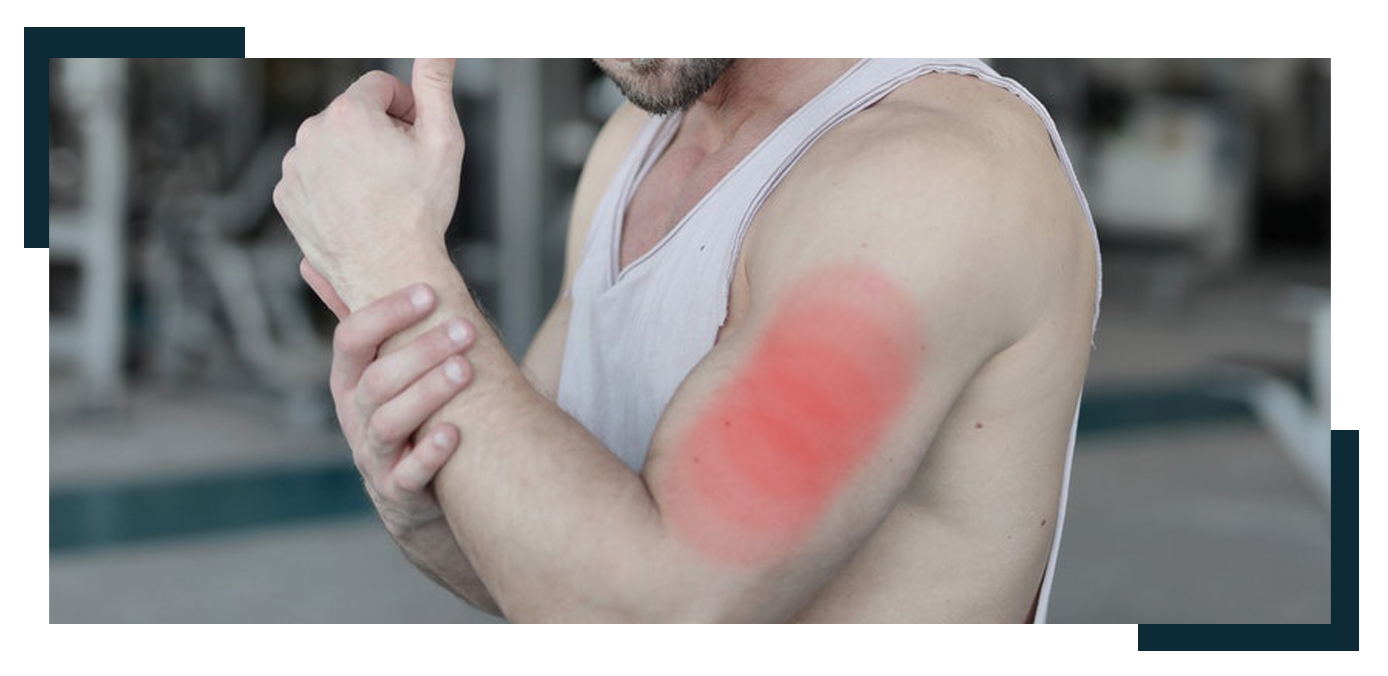
Biceps Tendonitis
Bicep tendonitis refers to an inflamed tendon connecting your bicep muscles to the elbow and the shoulder on the front of the arm. Experiencing pain on the front of the shoulder points to this condition.
Lifetime normal activities can result in this injury. As people age, everyday wear and tear cause the tendon to become weaker. Overuse, which involves repeating the same motion over and over, often makes the condition worse. on the front of the shoulder points to this condition.
Bicep Tendonitis Symptoms
- Tenderness and pain on the front of the shoulder becoming worse as you lift anything overhead.
- A sensation on the shoulder or hearing a snapping sound.
- Pain moving down the arm’s upper bone.
Treatment & Management
Non-surgical methods are used in this case, such as rest and applying an icepack. Medication helping to reduce pain is also recommendable. A patient can also get steroid injections, which help in managing inflammation.
Physical therapy helps manage pain. We provide a treatment plan containing specific stretching and strengthening exercises. The aim is to help improve the range of motion and rectify the condition. In extreme cases, doctors can also recommend surgery to repair the damage, though physical therapy follows.
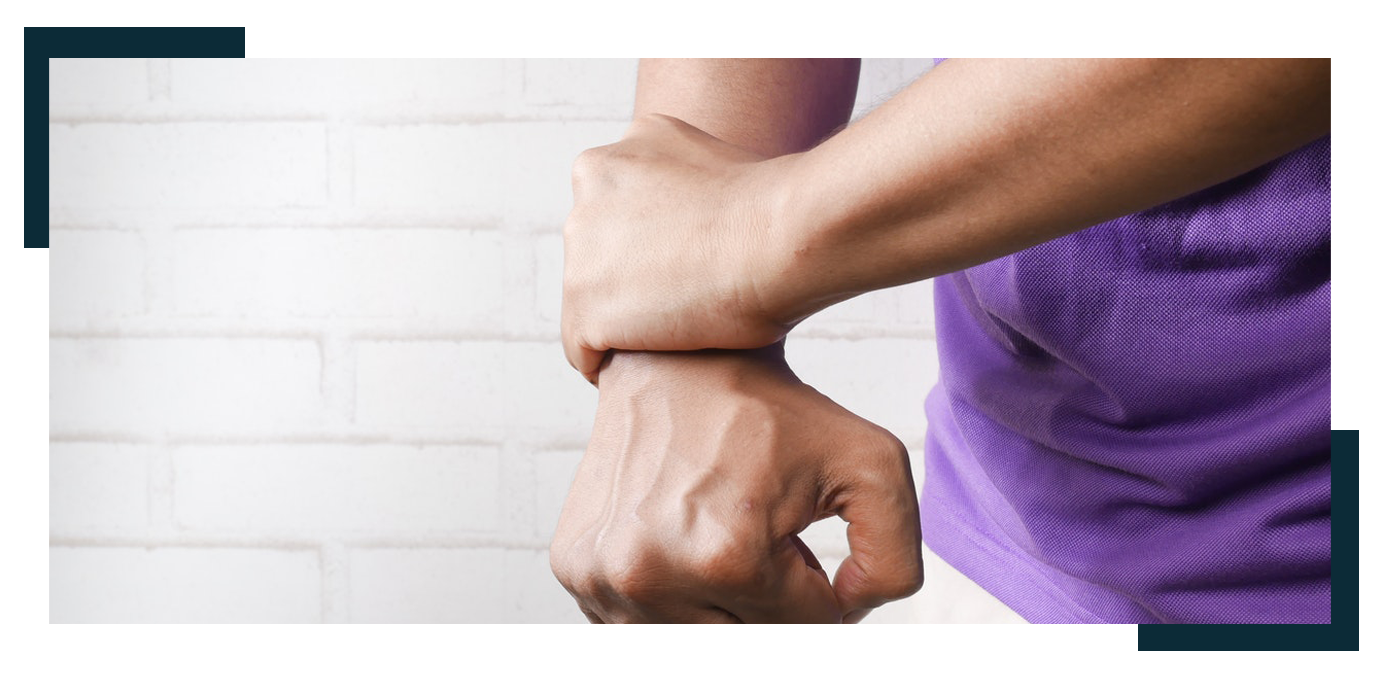
Shoulder Cartilage & Arthritis
The two primary bones making up the shoulder joint (glenohumeral joint) are the humerus (upper arm bone) and the scapula (shoulder blade). The cartilage covers the two bones at the joint, which allows smooth movement with little friction. Injuries affecting the cartilage lead to pain and restricted movement.
Symptoms of Shoulder Cartilage & Arthritis
- A gradual increase in pain on the shoulder when one moves.
- A decrease in range of motion.
- Weakness on the shoulder due to pain.
- A sensation on the shoulder as you move it.
Shoulder Cartilage Treatment
Non-surgery methods of managing the pain focus on activity modification and medication to treat pain. Injections such as corticosteroids help reduce inflammation on the shoulder cartilage. Surgery can also be an option. If you seek shoulder therapy near me, we provide individualized exercises that factor in the injury’s extent.
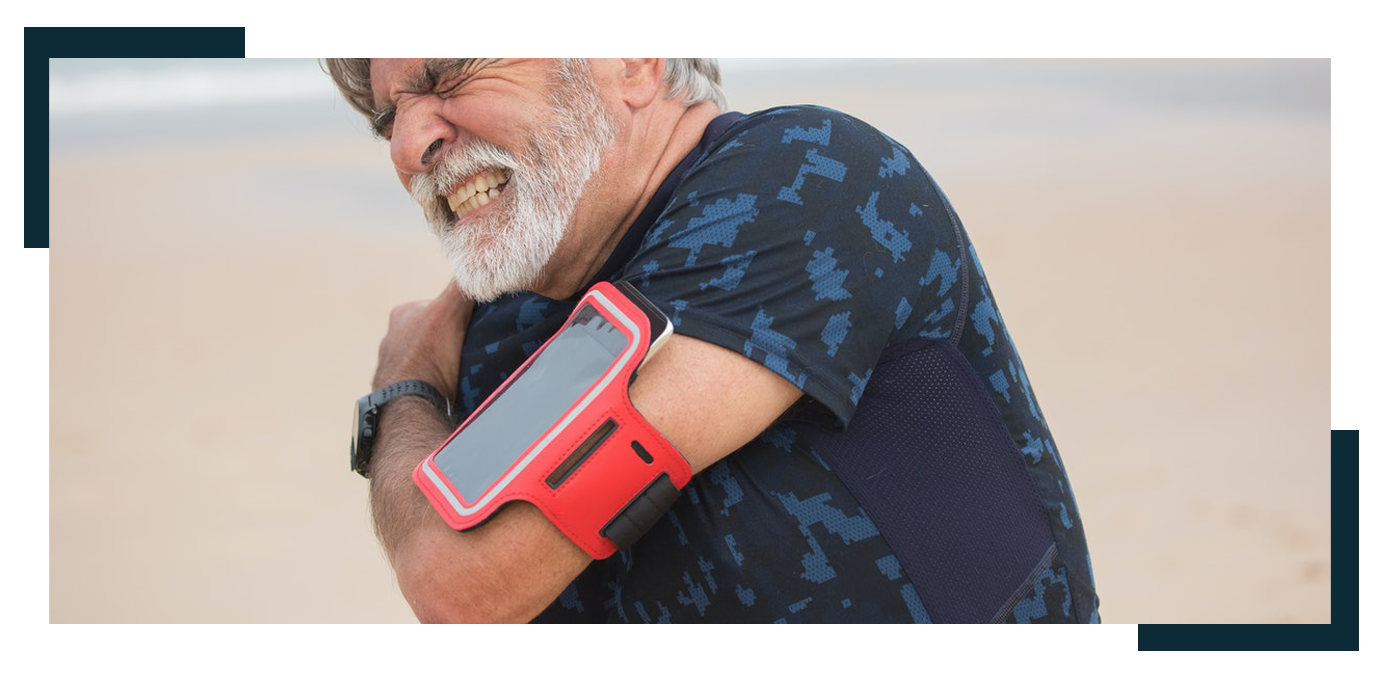
Rotator Cuff Tendonitis & Tears
A rotator cuff is a group of tendons and muscles surrounding the shoulder joint responsible for keeping the shoulder head firmly inside the shallow shoulder socket. An injury in this area causes a dull ache within the shoulder, worsening as you use the shoulder.
Symptoms of Rotator Cuff Tendonitis & Tears
- Dull ache deep in the shoulder.
- Sleep is disturbed.
- Unable to reach behind your back or comb your hair.
- A weakness of the arm.
Treatment and Management
Surgery can help repair the affected tendons or replace an ailing shoulder. These are options for extreme cases of injury. Patients can start therapy to assist in managing shoulder pain and correcting the condition. We have the best physical therapists who help patients with exercises targeting the rotator cuff. It is also a part of the recovery process for patients who go through surgery.
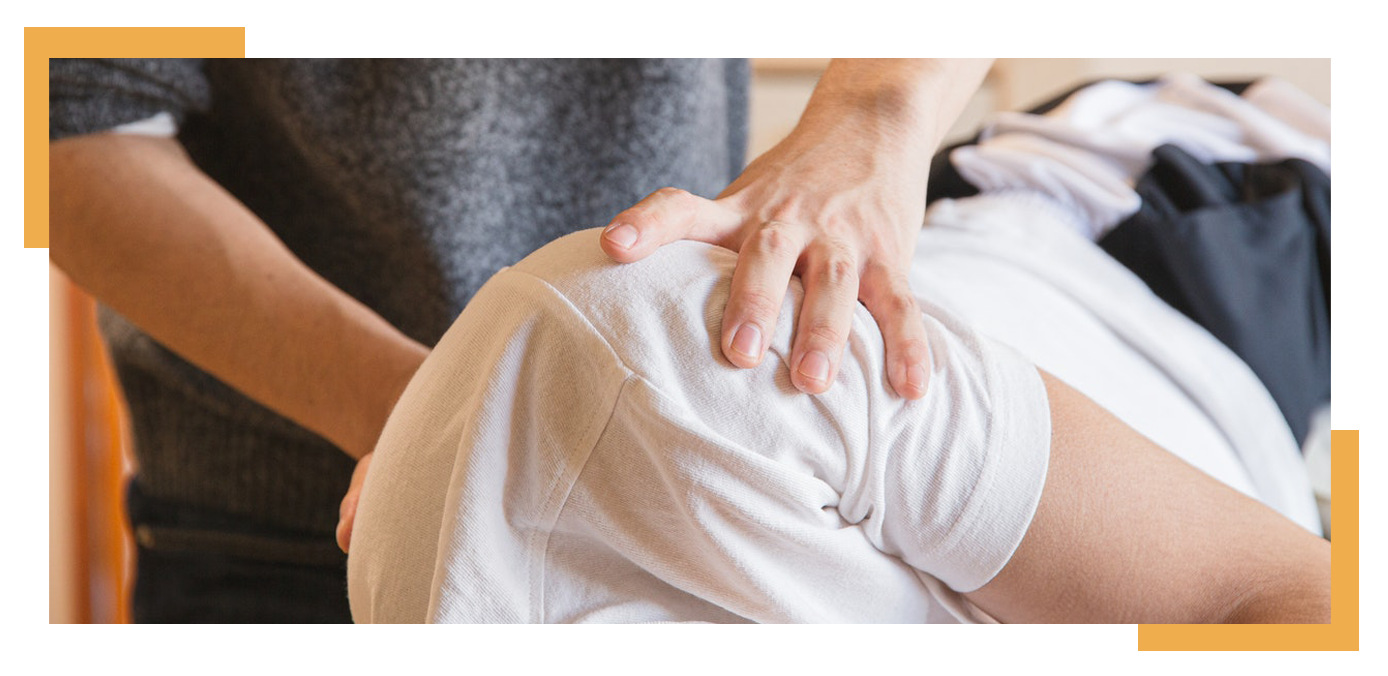
Shoulder Dislocations
This injury occurs when the upper shoulder pops out of the cup-shaped socket, part of the shoulder blade. The mobility of the shoulder makes it susceptible to this injury. Patients who have experienced it can regain the use of their shoulder as soon as the damage is corrected. However, there are cases where the joint may become unstable and prone to repeat dislocations.
Shoulder Dislocation Symptoms
- Visible deformity with shoulder appearing out of place
- Swelling and bruising
- Joint movement becomes impossible
- Intense pain
Treatment and Management
Treatment can involve closed reduction, where the doctor tries to gently maneuver the shoulder bones back in place. People with weak shoulder ligaments or joints tend to have recurring dislocations can have surgery to strengthen them. Surgical treatment is also recommendable when a patient has damaged blood vessels. Once they remove the sling, patients need shoulder physical therapy to help them recover gradually. We have the best shoulder physical therapy clinic. Our unbeaten therapists design a program that allows patients to restore strength, range of motion, and stability.
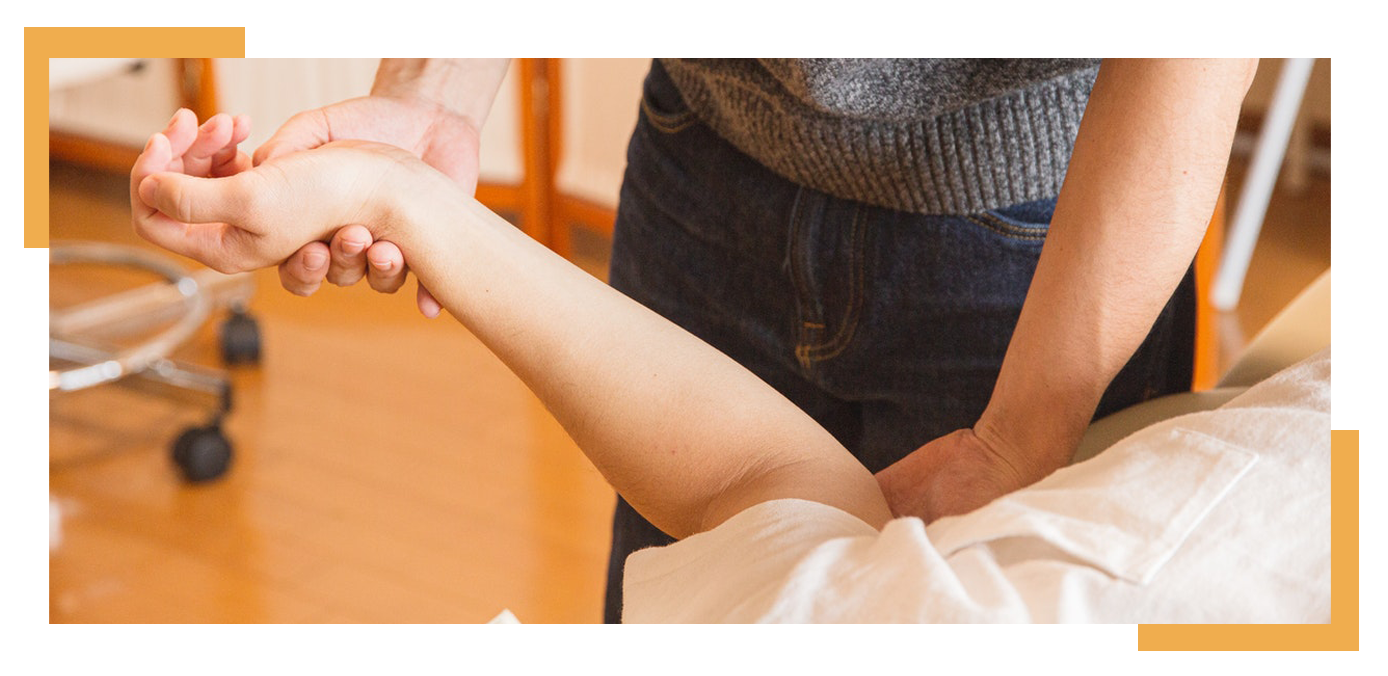
Shoulder Instability
It is a condition where the top of the arm bone keeps slipping out of the socket. It causes shoulder dislocations as a result of the damage to the connective tissues.
Shoulder Dislocation Symptoms
- Repeat shoulder dislocation cases
- Pain on the shoulder
- Hanging feeling within the shoulder joint
- Bone slipping out of the socket sensation
Causes of Shoulder Instability
- Work or sports-related injury
- Repetitive shoulder use such as overhead motion in sports
- Anatomy where some people have weak ligaments
Management and Treatment
- Activity restriction: patients can avoid overhead motions, which leads to this condition to rectify the issue.
- Shoulder physical therapy: we design exercises that help a patient improve their strength. They also aid in shoulder control, thus resolving instability.
- Medication: using medication to manage pain and swelling.
- Surgery: it is a more invasive treatment method, but it helps patients treat torn ligaments.

Shoulder Separations
It is an injury affecting the acromioclavicular (AC) joint by damaging ligaments. In severe injuries, part of the shoulder blade separates from the collarbone. It is not the same as a dislocation. A separated shoulder stretches the ligaments in mild cases, but in severe cases, it gets torn.
Symptoms
- pain
- Arm or shoulder weakness
- Limited movement on the shoulder
- Swelling or a bump on top of the shoulder
Treatment and Management
Cerebral anoxia, as it is also known, can affect a person’s general well-being. This disruption of normal function requires the best physical therapist for restoration. Working with our top specialists will help you or a loved one relearn daily tasks and restore wellness and fitness.
Ibuprofen and other over-the-counter drugs can help reduce pain. Therapy that entails rest or using ice packs to reduce inflammation. Physical therapy is also vital in improving strength and helping with stretching the shoulder. At OneRehab shoulder physical therapy center, we create an individualized treatment plan.
OneRehab
1761 International Pkwy Suite 135, Richardson, TX 75081, United States
Email Us
info@onerehab.com
Call Us
972 845 7875
Working Hours
M - F 7:00 AM – 7:00 PM
Sat 8:00 AM – 2:00 PM

